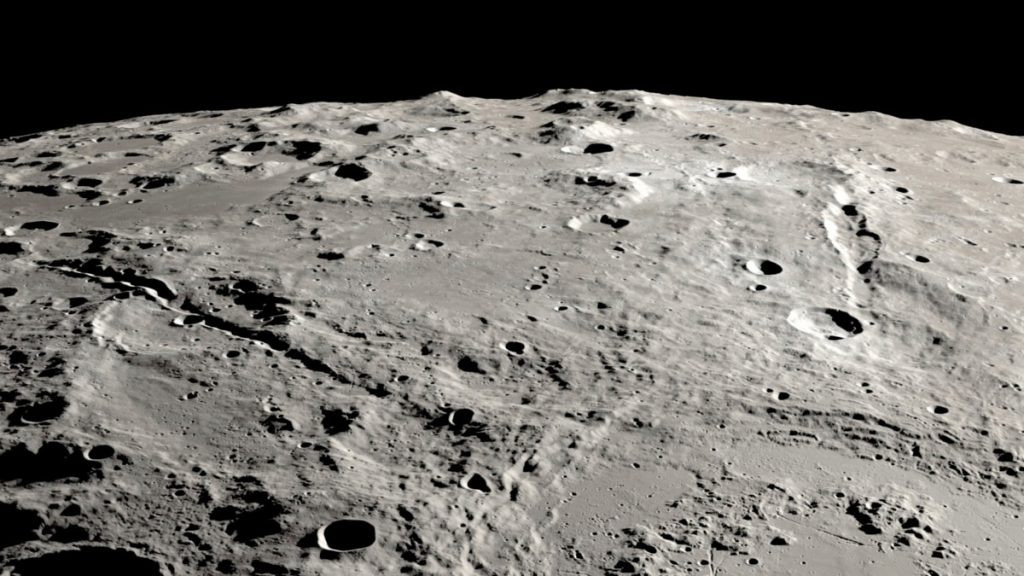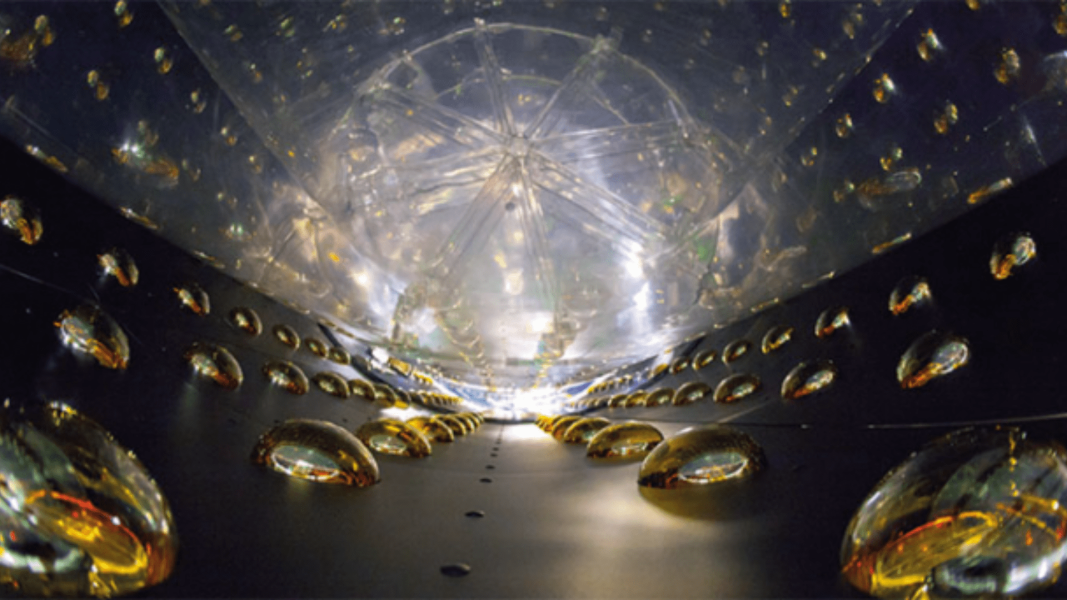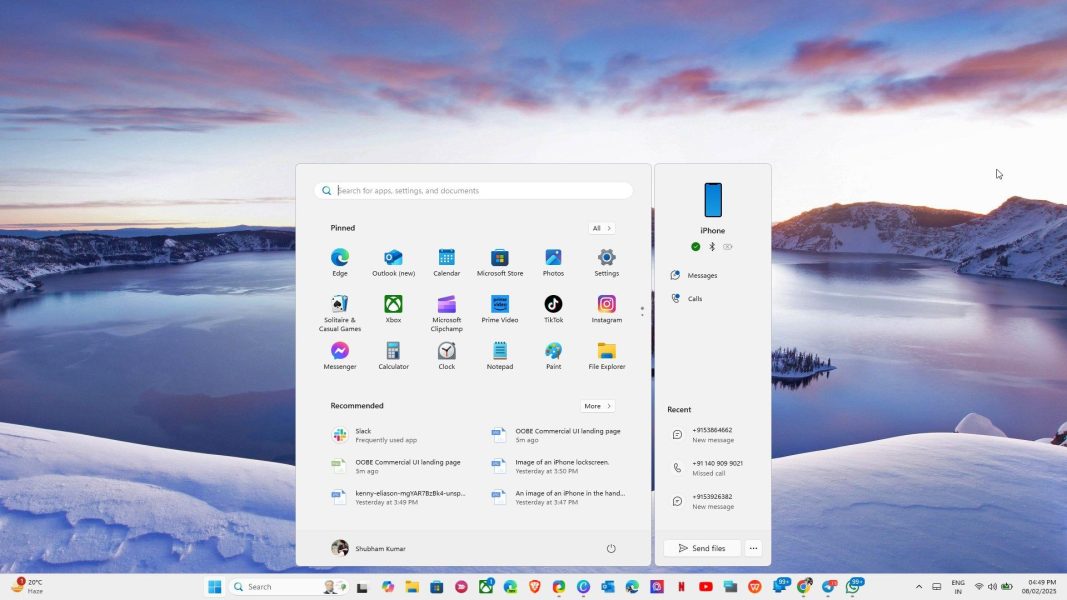Study: Asteroid Hit Created Two ‘Grand Canyons’ on Moon – VOA Learning English

See comments
No media source currently availableA new study suggests an asteroid strike on the moon billions of years ago left two huge valleys about the size of Earth’s Grand Canyon.Researchers from the United States and Britain said their research shows the two steep valleys, or canyons, likely formed in less than 10 minutes.They noted the crash, or impact, happened near the south pole on the far side of the moon. That is the side of the moon which always faces away from Earth. The area is known as the Schrödinger impact basin.The speed of the incoming object – which the team said might have been a comet – was estimated to be around 55,000 kilometers per hour. The strike likely happened about 3.8 billion years ago.The researchers used data collected by a spacecraft operated by the American space agency NASA. That vehicle, the Lunar Reconnaissance Orbiter, has been capturing lunar data since entering orbit around the moon in June 2009.One main goal of the orbiter’s mission was to create a highly detailed, three-dimensional, or 3D, map of the moon. The data has been used by NASA to learn more about lunar resources and to plan for future missions. The agency noted that the Lunar Reconnaissance Orbiter had “already collected as much data as all other planetary missions combined.”The team studying the canyons used the orbiter’s map data to simulate the path of the incoming object, as well as material that was displaced by the crash. The scientists recently published a study describing their results in Nature Communications.The group’s simulations suggested the space rock passed over the south pole before hitting. It then created a huge basin and launched rocky materials at speeds up to 1 kilometer per second.The researchers said material was sent flying and struck the lunar surface like missiles. This resulted in the creation of the canyons.The team said the canyons appear comparable in size to the Grand Canyon, in the U.S. state of Arizona.The study’s lead writer was David Kring of the Lunar and Planetary Institute in Houston. He told the Associated Press that findings suggest the asteroid strike was a “very violent” geologic process.Kring and his team estimated the asteroid was 25 kilometers across. They estimated that the energy needed to create the two canyons would have been more than 130 times greater than the power of all the world’s current nuclear weapons.Kring said most of the rock and debris was thrown in a direction away from the south pole. That finding is good news for NASA which plans to land astronauts in that area in the future.Kring noted it should improve the exploration possibilities of future astronauts.”Because debris from the Schrödinger impact was jettisoned away from the lunar south pole, ancient rocks in the polar region will be at or close to the surface…,” Kring told Reuters news agency. This should make it easier for future American astronauts to collect them.NASA’s future lunar exploration plans are known as the agency’s Artemis program. The program aims to return astronauts to the moon for the first time since NASA’s Apollo 17 mission in 1972. The agency’s current plan is to send astronauts on a trip around the moon next year. That would be followed a year or so later by a landing attempt on the lunar surface.The researchers said older rocks in the area can help scientists gain a better understanding of the moon’s past history. They could also help answer questions about the formation of Earth.Kring noted it is currently not clear whether the two huge canyons are permanently shadowed like some of the craters at the moon’s south pole. “That is something that we’re clearly going to be reexamining,” he said.I’m Bryan Lynn.Bryan Lynn wrote this story for VOA Learning English, based on reports from The Associated Press, Reuters, The Universities Space Research Association and Nature Communications. __________________________________________________asteroid – n. a rocky object that goes around the sun like a planetcomet – n. an object in space that leaves a bright line behind it in the skythree-dimensional (3D) –adj. having height, width and lengthsimulate – v. to do or make something that behaves or looks like something real but is notbasin – n. a low area of land from which water flows into another bodyjettison – v. throwing material from one place to anothershadow – n. a dark area made by something blocking the light






